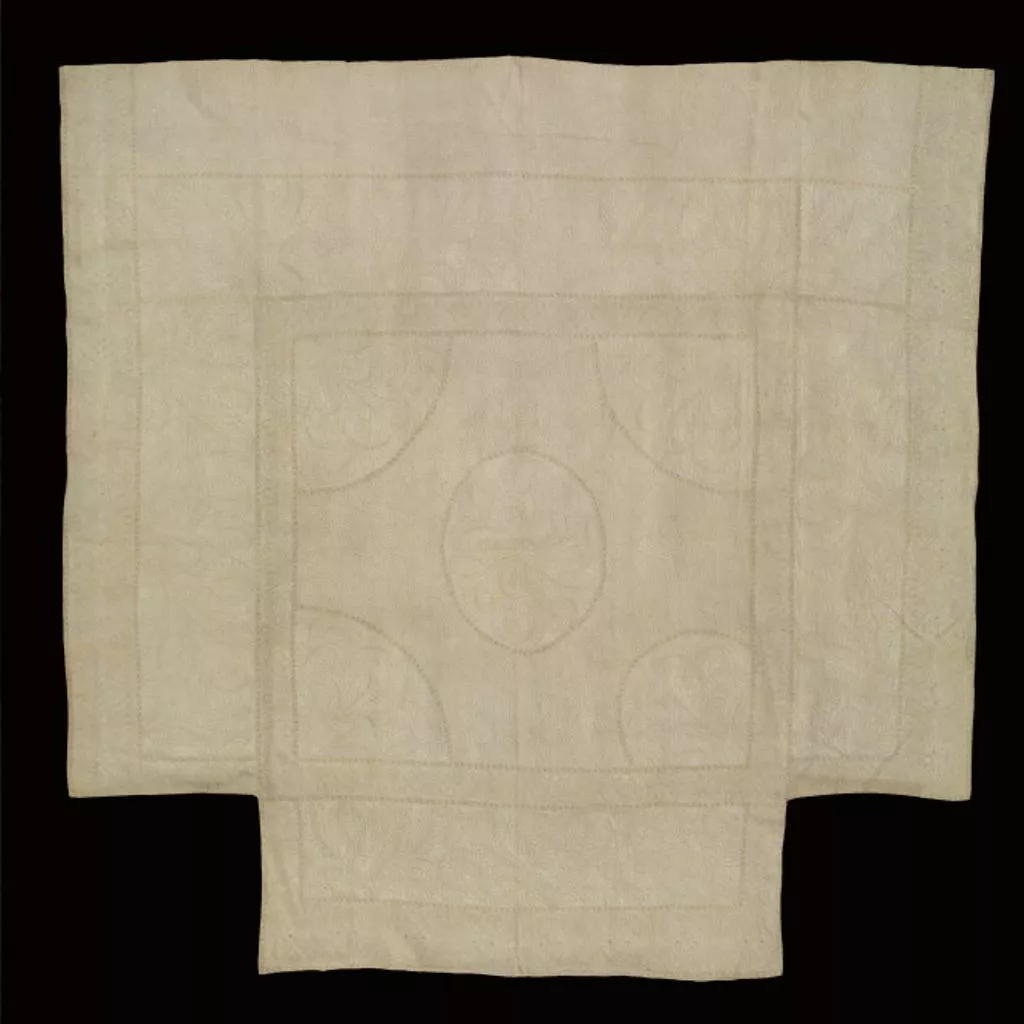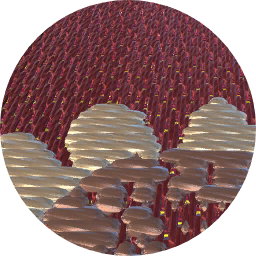Description
Unique
Quilted bed cover and single curtain, England, 1725-1750.
Flat-quilted bedcover and bed curtain
Made for the Hynde Cotton family, Cambridgeshire
1725-50
These hangings were originally part of a set owned by the Hynde Cotton family. Sir John Hynde Cotton (1686-1752) was an MP and leading Tory opponent of Sir Robert Walpole. A 1734 inventory of the family home, Madingley Hall in Cambridgeshire, shows that its 36 rooms were furnished to the height of luxury. Its bedrooms were named according to the colour of their textiles.
Linen
Given by G.H.G. Norman
V&A: T.386&A-1970 [20th March 2010]
The Hynde Cottons were a wealthy and well-connected family. Sir John Hynde Cotton was a noted MP. In 1724 he married Margaret Trefusis, who brought with her a substantial dowry that included real estate, £17,000 of capital, as well as her personal jewels and plate. An inventory of Madingley Hall in 1734 shows that 36 rooms were furnished to the height of luxury and fashion. The bedrooms were named according to the colour of their textiles.
Quilted bed cover and single bed curtain, both of white linen, flat quilted through one layer only, with yellow silk in back stitch and embroidered, with eyelet holes. Both are lined with white linen.
The cover has a central oval medallion, semi-circular corner pieces and wide borders all containing large, curved feather or leaf motifs; the remainder of the ground is filled with thick scroll-shaped motifs which inter-link to form a wave-like effect. The sides and top of the cover have valances made in one piece with the top, but the foot of the cover has been cut away at the corners to enable a foot valance to hang neatly. The top valance is decorated with the wave-motifs but the side and foot valances which are mainly formed by the feather-filled borders, have edging elaborately patterned with inter-laced scroll and feather motifs.
All the areas are out-line by rows of tiny inter-laced scrolls, containing eyelet holes.
The curtain (A) is one of a pair and decorated with a vertical panel of feather motifs in the centre and with borders along the sides and lower edge of inter-laced feather and scroll motifs (as on the sides and foot of the cover).
Quilting is a method of stitching layers of material together to form a decorative design. Flat-quilting is where two pieces of cloth are stitched together with no wadding in between. A single or double line of stitches creates the pattern. Early examples such as this often use back stitch rather than running stitch to achieve a flush design.
This bed cover and curtain would have originally formed part of a larger set of hangings for a four-poster bed. According to family history, they were owned by the Hynde Cotton family. Sir John Hynde Cotton (1682-1752) was an MP and leading Tory opponent of Sir Robert Walpole.
A 1734 inventory of the family home, Madingley Hall in Cambridgeshire, shows that its 36 rooms were furnished to the height of luxury. Its bedrooms were names according to the colour of their textiles.













